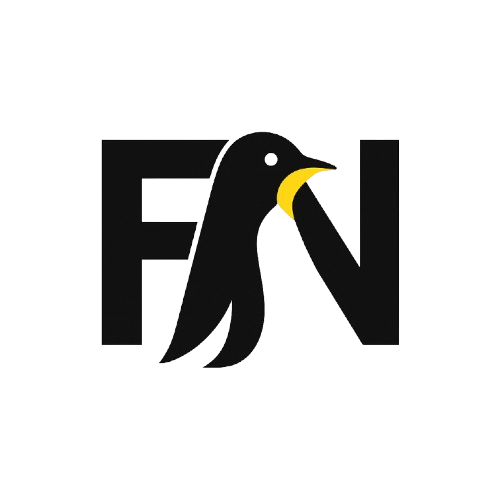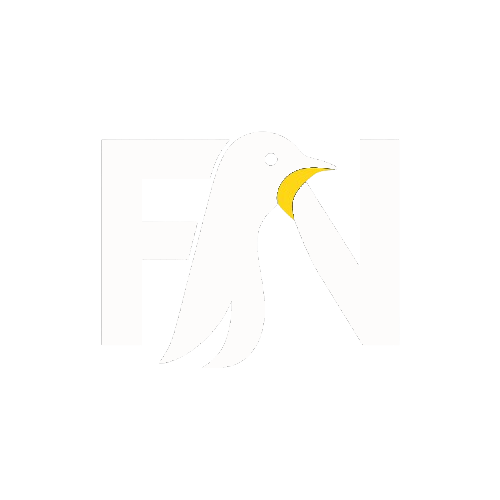As you almost certainly already know, the most important change within the upcoming GNOME 40 desktop series, due for release in late March 2021 (that’s only a month and a half from the instant of writing), is that the redesigned Activities Overview, the screen you see when clicking on the Activities icon on the panel within the left top corner.
GNOME 40’s New Design
In GNOME 3.38 and earlier versions, the Activities Overview had a vertical layout, but in GNOME 40 is features a horizontal layout, which actually makes navigation between workspaces and therefore the app management more intuitive. I even have to admit that I don’t usually use the Activities Overview to modify between apps or move between workspaces. Also, I don’t wish to click on the Activities icon within the panel to access the dock, then access the apps I would like to launch. Therefore, whenever I install a GNOME-based distro, the primary thing I do is to enable the awesome Dash to Dock extension.
Dash to Dock makes the dock-like application launcher you see within the Activities Overview always visible on the screen so you’ll easily and quickly access your favourite and most-used apps.
Also, in GNOME 3.38 and earlier versions, it allows you to position the dock at rock bottom of the screen. In GNOME 40, the horizontal layout also places the dock at rock bottom of the screen, and workspaces are now displayed horizontally as previews on the highest of the window picker, right under the search field, and navigated horizontally even using the mouse wheel. This makes accessing apps and workspaces tons faster since it allows you to see everything at a look without having to travel from the left side of the screen to the proper. Also, you don’t need to hover the workspaces sidebar on the proper anymore to ascertain and access your virtual workspaces.
Activities Overview in GNOME 3.38 Activities Overview in GNOME 40 Bottom line, there’s nothing to be scared off in GNOME 40’s new Activities Overview design. In fact, consistent with the GNOME developers, this new design offers better overview of spatial organization, improved touchpad navigation, and better boot performance (imagine that, a faster and more intuitive GNOME desktop). Moreover, within the new Activities Overview design, all the apps now show their icons so you’ll identify them much easier. Other design changes introduced in GNOME 40 include the power to completely rearrange the app grid using drag and drop, also because of the ability to look at an application’s full title when hovering its launcher.
There’s also a replacement design for the things shown within the top panel, including the Activities icon, extensions, calendar applet, the entry of every app you’ve got open, also because of the systray menu. This consists of the very fact that they’re not underlined, but have a pleasant and modern highlight over them when hovered with the cursor. On top of all that, since GNOME 40’s new design uses the next-generation GTK 4 toolkit, you’ll much nicer and modern buttons and dialog design everywhere the place, including the Settings window and every one default apps.
GNOME 40 on Fedora 34 For this first look, I’ve previewed the GNOME 40 desktop environment on the upcoming Fedora 34 OS, due call in late April 2021, since Ubuntu 21.04 won’t ship with GNOME 40 by default. Fedora Linux offers a pure GNOME desktop experience for all GNOME fans out there, and this is often where the event of subsequent major GNOME release takes place. The beta version of GNOME 40 is going to be ready for public testing at the top of the week, starting on Valentine’s Day.









